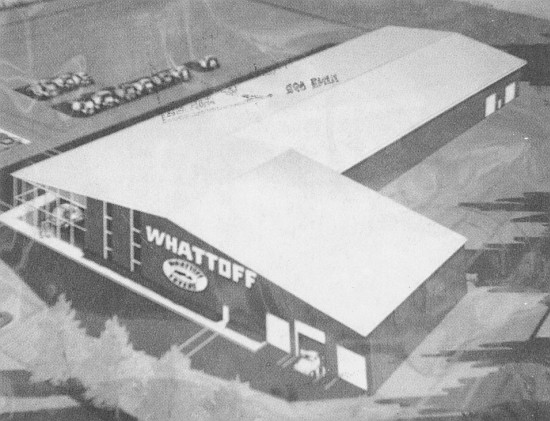
Aerial view of the proposed new Whattoff Industries building, 1971

Aerial view of the proposed new Whattoff Industries building, 1971
When the new facility was in the planning stage, 1969-71, and when the financing was being arranged, there was no way of foreseeing the gasoline crisis of 1973. It began in a limited way during the summer -- those attending the SDC International Meet in Colorado Springs that July will long remember the uncertainties of the trip, the gas stations that limited everyone to 10 gallons per stop, the lines in Colorado. The Yom Kippur War began on 6 October, and the Arab oil producing nations announced a total embargo on oil exports to the United States on the 19th. The Federal government contributed to the panic by panicking itself -- students of infamous dates will remember that the 55-mph national speed limit was imposed on the several states on 2 January 1974. By the end of the month there were long lines nearly everywhere, panic on the highways, fist fights in the gas stations, and uncertainty in the showrooms. First to feel the pinch were the manufacturers of recreational vehicles; Winnebago almost went under, Elkhart had visions of being a ghost town, and trailer sales just died. That meant the market for Toters was almost completely gone, while the transporters waited to see what would happen. Had the Toter operation still been in its old quarters on Lincoln Way, it could have ridden the crisis through, but down on the Interstate, with the new mortgage, it didn't have a chance. Mobile home deliveries were off 83 per cent, 1973 to 1974, recalls Vernard Whattoff. We left the building in November 1974, and sold it in July 1975. From a position of dominance in the toter business, Whattoff Industries had been in the new building less than three years before it was destroyed.
Whattoff Industries, that is. Not Vernard Whattoff.
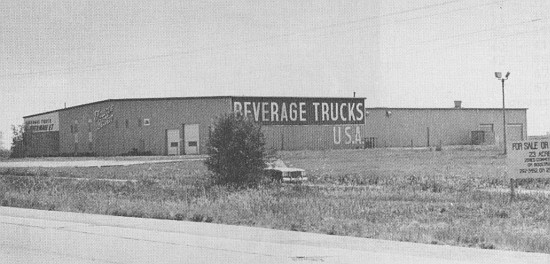
The big Whattoff building on U.S. 30 bypass in 1985 - For Sale or Lease, 23 acres
After the Party Was Over
Whattoff Toters had the best name in the business, and that breeds customer loyalty. Some trucks started coming back in during 1975-76 for parts and service, says Vernard. That helped clean the inventory out, although the finance company took a beating. We actually built a few Toters in 1975 on a scratch basis, farming the work out here and there. In 1976 we built a few more; New Way in Des Moines did a few for us. By 1978 we were going great guns, comparatively: one a week or so. We get several calls a week, and we farm the work out. We get Kenworths, everything, a few every year. The average day for now consists of some time spent arranging business for the company (name changed again: Whattoff Enterprises), enough to keep the operation going and income incoming, and some time spent doing the Lord's work.
I don't know anyone who is as devoted to the Lord's work as he is, observes brother Don. Not 8 hours a day, more like 18. He works a truck in here and there.
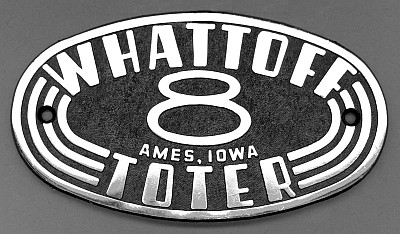
Although the numbers are smaller now, the influence is still felt. The Whattoff name is still revered in its field, and Studebaker truck fanciers in particular ought to recognize the debt they owe to Whattoff Motor Company and the Whattoff Trailer Toter. Much of the romance, excitement, or whatever-you-will of the later Studebaker trucks would simply never have been, without the Trailer Toter and Vernard Whattoff.
He was a pioneer, acknowledges John Duncan today. He was always pushing us to upgrade those trucks, things we might never have done otherwise. Like the 5-speed overdrive: he wanted that because his customers were coming back empty. He really made a difference.
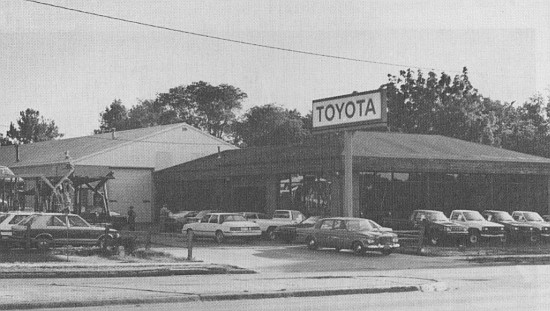
Donald Whattoff's portion of the Ames automotive empire continues on Lincoln Way, right where it was. It's the oldest Toyota dealership in the state now, he observes. I sold out around 1976, but I still own the building and lease it to the present dealers. The old building at 118 Hayward is still in the family, too; there are several businesses in it now, and the seven Whattoff children are partners in its operation. The experts told me seven partners wouldn't work, muses Don. I thought different. Same way Vernard and I operated; the Golden Rule. It's working out fine. I'm kinda proud of everything we did now, looking back at it.
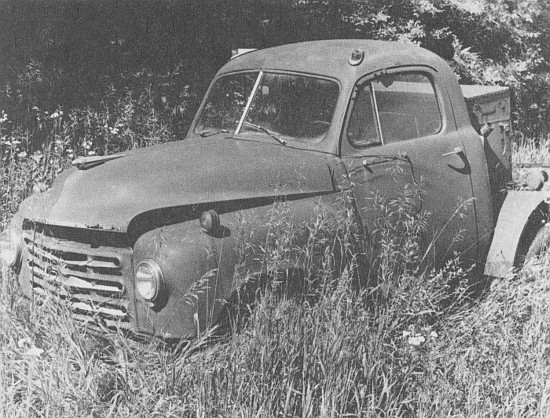
As for Vernard Whattoff, is he perhaps still sore at Studebaker? No, in fact the opposite: he is trying to reacquire some of his Studebaker past. Out in the weeds behind the big building is a 1953 2R11 Toter, one of his first, which he wants to restore. I need a Commander engine and a 3-speed overdrive. I had them both new, but they disappeared in the auction. Is this truck maybe the first one, the one they built for that original customer, the man who started Vernard Whattoff thinking about Toters? Definitely not, for a very simple reason.
You know what? chuckles Vernard Whattoff. That guy -- we never did sell him a truck.
Vernard Whattoff was a member of Campus Baptist Church, the Christian Business Men's Association, the Studebaker Drivers Club, and The Gideons International. He maintained that his life's purpose was to help and encourage everyone to share the love of Christ with each other, according to the Ames Daily Tribune. Vernard fell into poor health and moved in 2002 to Plano, Texas, where other family members lived. He died on 13 May 2003, at the age of 87, and is buried at Ames Municipal Cemetery.
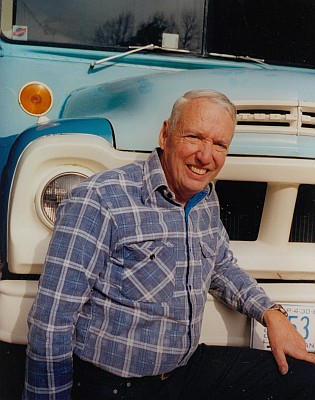 |
The author, George Hamlin, is a Des Moines native who currently
lives in Maryland. George became acquainted with Vernard Whattoff
when he took his 1947 Packard to Whattoffs for service during his time
at Iowa State University. The Whattoff family was also the landlord
for his fraternity (Alpha Sigma Phi). We bought the house
at 2717 West Street from him in 1959 or 1960.
George Hamlin has on more than one occasion nominated Vernard Whattoff for the Iowa Inventors Hall of Fame, however the Hall has not yet acted on the nomination. This story has been published in various forms in Turning Wheels and Wheels of Time magazines. |
|